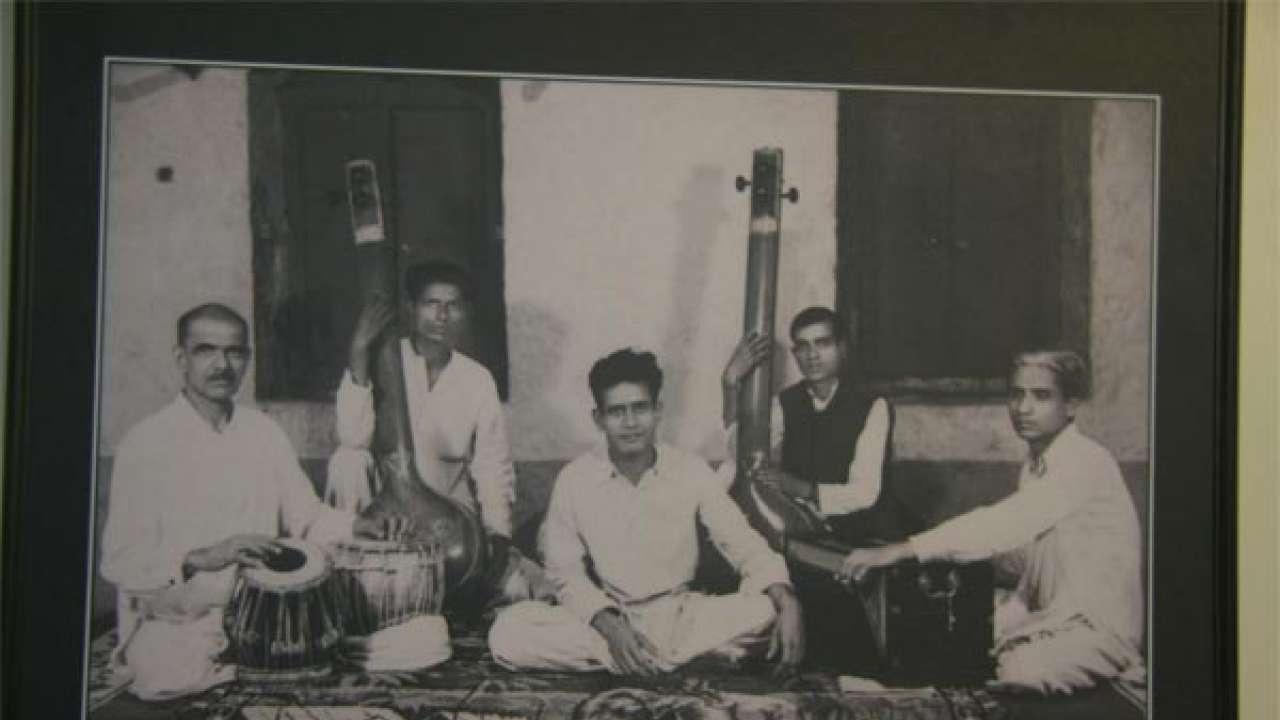

People come out of Indian concerts rejuvenated.” Most people who visit a disco or a rock concert leave it spent. Indian art is rejuvenating, it allows you to focus. Indian art, especially, has the unique ability to be not only right but to be healing as well. It is something that is right with the world. “What is art? It is mainly positive energy. I live in that castle and it is very beautiful.” “I may be fooling myself, but it is like building sandcastles. Actually, except for Hussain, no one else even comes to mind for this category. There are only a tiny minority who look positively joyful when they play. Then there are those who look animated: Cases in point, Pandit Bhimsen Joshi or Ustad Rashid Khan. There are musicians who look at peace when they play, for instance Pandit Jasraj or Kishori Amonkar. They only interviewed him.”Įven though his words are sharp, they don’t feel that way, delivered as they are, with charm, wit and a smile. “Your mind is conditioned for a Ravi Shankar concert! Now because Ravi Shankar has friends called George Harrison and Zubin Mehta and Yehudi Menuhin, he is the rock star! So it doesn’t matter if there were equally great sitar players in Ustad Vilayat Khan or Ustad Halim Jaffer Khan or Nikhil Banerjee or Ustad Rais Khan. And Zakir Hussain, as he would have you believe, “just happened to be there”.Īccording to the Ustad, much of the perception of what the audience will like depends on how a concert is sold. That’s how the tabla got the opportunity to break out into a solo mass act.”īut as the tabla was moving to centrestage, its established exponents-Ustad Alla Rakha, Ustad Ahmed Jan Thirakwa, Pandit Samta Prasad-were getting on in years. Then, some people began to notice that the musicians-be he Ravi Shankar or Jasraj-were also interacting with the tabla. “Initially,” says Hussain, “the people who managed to connect with the mass audience were famous singers and instrumentalists, since they played tunes that people could recognise. After 1947, as musicians lost royal patronage and had to fend for themselves, art had to step down from its luxury niche to become a product of mass consumption. The tabla has been played solo for over 300 years, but the audience was very limited. “I enjoyed a rock star appeal because the media made it so.” Only occasionally has he been accused of being too flashy and too famous. He has to be well-known enough to bring in the money and reclusive enough to retain the affection of the cognoscenti.įor the most part, the Ustad has managed to walk the line. Just like the Reserve Bank of India doesn’t print too much money, a good musician has to be just visible enough and no more. In the elitist world of classical music, too much fame can be a burden.

Sure, the boyish face shows a wrinkle or two now, and the famous mop of hair, while still unruly, is thinning a little, not bad for a man who has passed 60, but there’s no mistaking the man, no chance for us fans to miss him even in a crowd.Īnd here he is introducing himself to us! Zakir Hussain is arguably the first accompanying artist who can fill concert halls all on his own. If there is one face that became visual shorthand for Indian classical music, it is that of the Ustad. I live in that castle and it is beautiful My world is a world of joy.I may be fooling myself, but it is like building sandcastles.


 0 kommentar(er)
0 kommentar(er)
